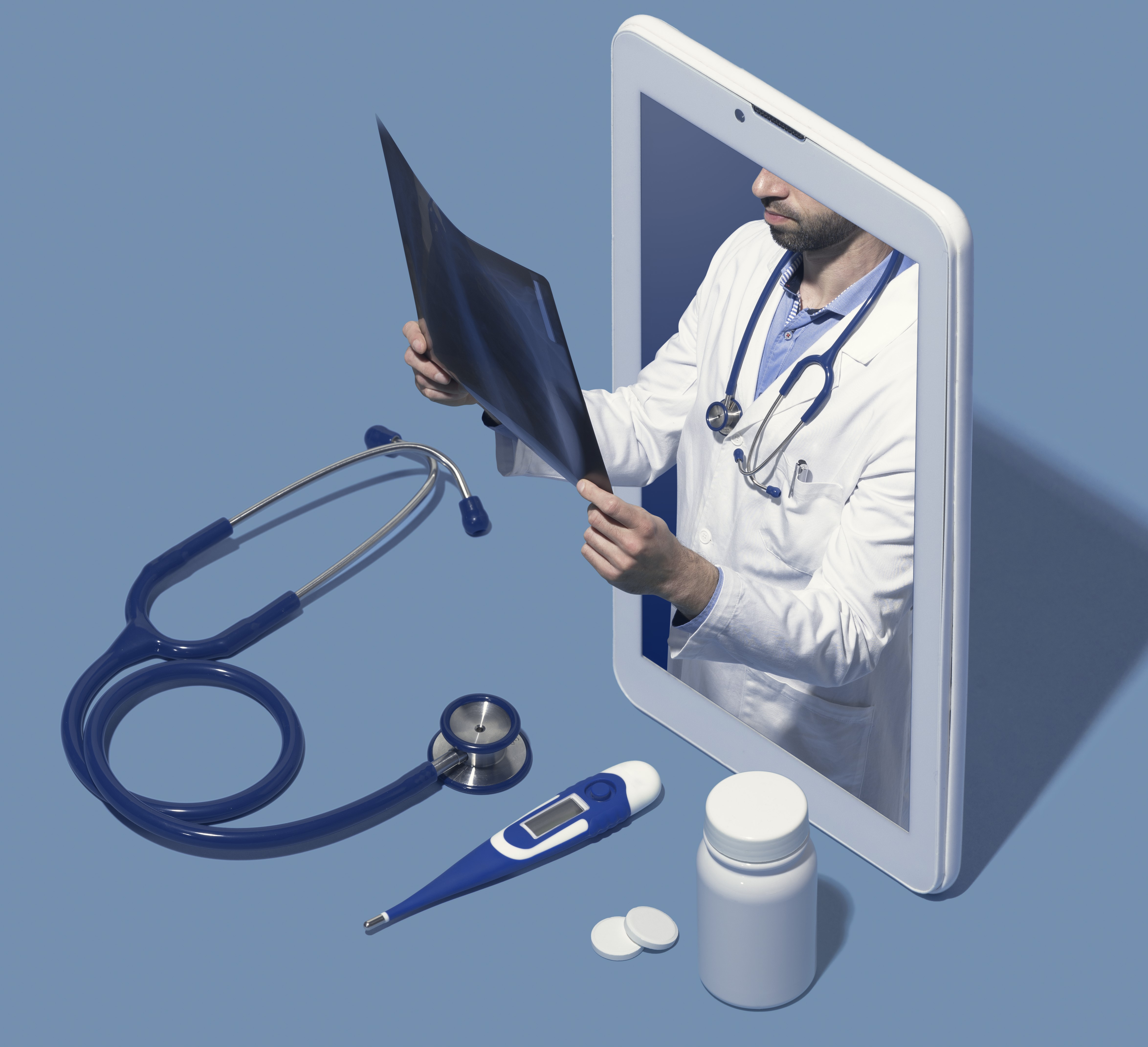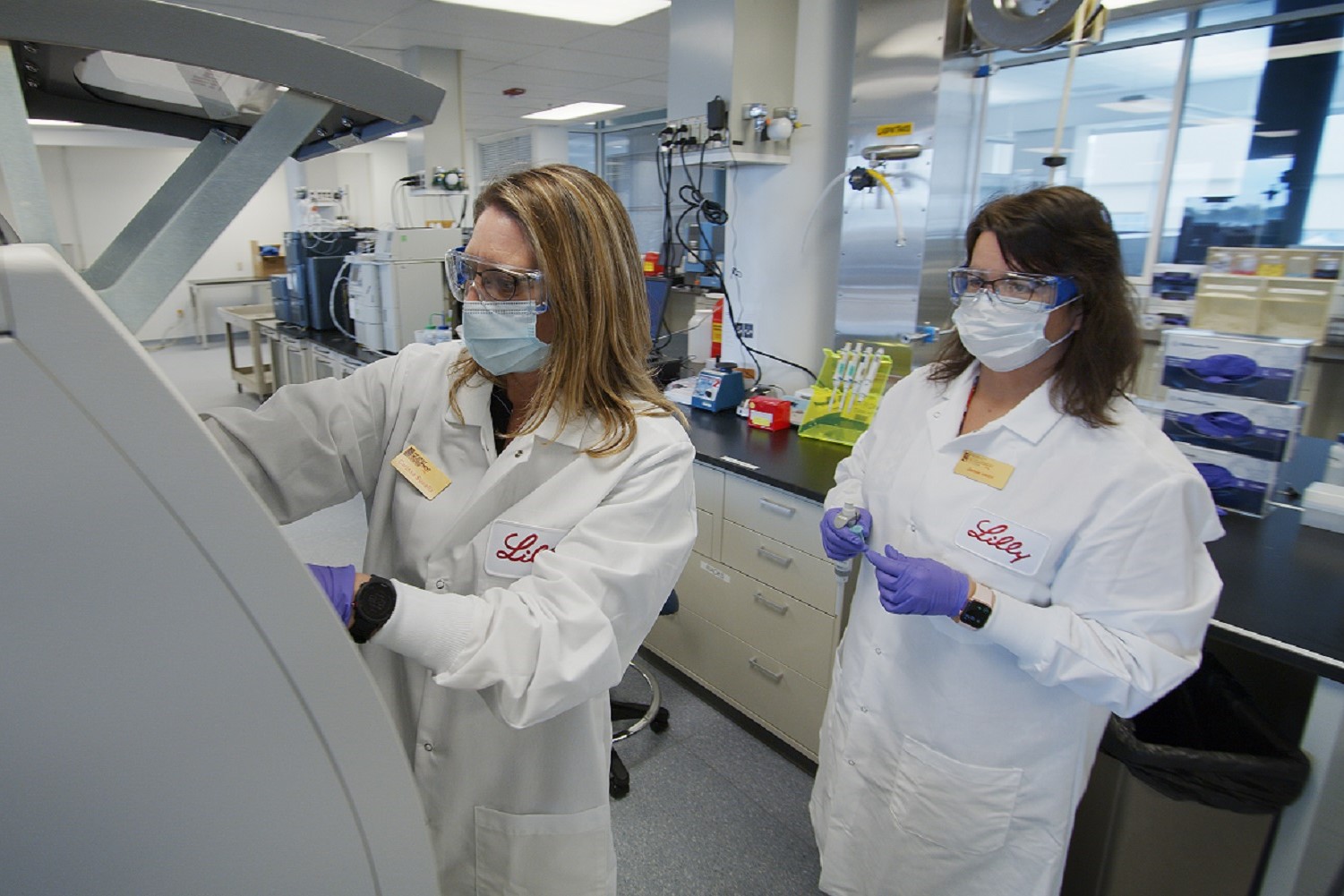Researchers have identified a potential threat that could result in hospital-acquired infections — bacterial contamination of automated pharmacy robots that mix intravenous medications.
In a paper published in Infection Control and Hospital Epidemiology, researchers said that their report was the first to their knowledge that detailed a pharmacy robot being contaminated with bacteria and the resulting contamination of IV drugs mixed by the robot.
Luckily, the contaminated IV drugs didn’t result in infections for any patients, but that certainly doesn’t mean it couldn’t happen. “The implications of contaminated intravenous product are potentially severe, most notably life-threatening bloodstream infections,” the report said.

With the Rise of AI, What IP Disputes in Healthcare Are Likely to Emerge?
Munck Wilson Mandala Partner Greg Howison shared his perspective on some of the legal ramifications around AI, IP, connected devices and the data they generate, in response to emailed questions.
The contaminated pharmacy robot in the report was called the IntelliFill i.v., marketed by Baxa, a company that was acquired last year by biotech and medical equipment giant Baxter International (NYSE:BAX) for $380 million. The study was conducted on an IntelliFill unit at Wake Forest Baptist Medical Center, which acquired the machine in 2008 to prepare small-volume IV medications.
No other reports of contamination of the IntelliFill have surfaced, Baxter spokeswoman Jill Carey-Hargrave said.
The IntelliFill works by extracting a drug from a vial or bag and filling a syringe with the drug. Under ideal circumstances, the automated drug-mixing technology helps hospitals boost productivity and efficiency while enhancing patient safety, according to the report.
Researchers tested a total of 20 samples from the machine over a period of two weeks in December 2010, said David Cluck, a pharmacy professor at Eastern Tennessee State University and the study’s lead author.
In the first week, three of 10 samples were found to be contaminated with a bacterium called Bacillus cereus, while 10 of 10 were contaminated in the second week, Cluck said.
Researchers concluded from their investigation that the contamination stemmed from the machine’s washing station, which is used to clean the needle that punctures vials of drugs. However, Baxter said the root cause of the contamination was not “conclusively identified.”
“The Wake Forest situation was unique for the IntelliFill i.v. device,” Carey-Hargrave said. “The specific device in question remains in use at the medical center, producing more than 20,000 patient doses per month.”
Baxter wouldn’t say how many IntelliFill units are in use around the U.S., or give a price range for the machine, and it’s difficult to say how widespread similar drug-mixing robots are. Other companies such as Health Robotics and Intelligent Hospital Systems sell similar pharmacy robots.
“It is hard to quantify how many institutions are using pharmacy robots or robotics currently,” Cluck said. “However, there is a definite trend towards using more robotics to allow technicians to perform other duties in the pharmacy.”
There are about 1.7 million infections that occur each year in U.S. hospitals, Consumer Reports reported. About 15 percent of those are so-called central-line infections, which involve infections introduced into the bloodstream from catheters that deliver medication and fluids to patients.
Central-line bloodstream infections account for about 30 percent of the 99,000 annual hospital-infection-related deaths.
Asked about the implications of the study for hospitals, Cluck said, “I would simply caution those who use the IntelliFill, or robotics in general, to be mindful of contamination, given our findings.”
[Hat tip to the Incidental Economist]














